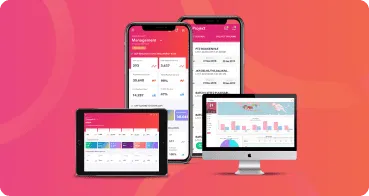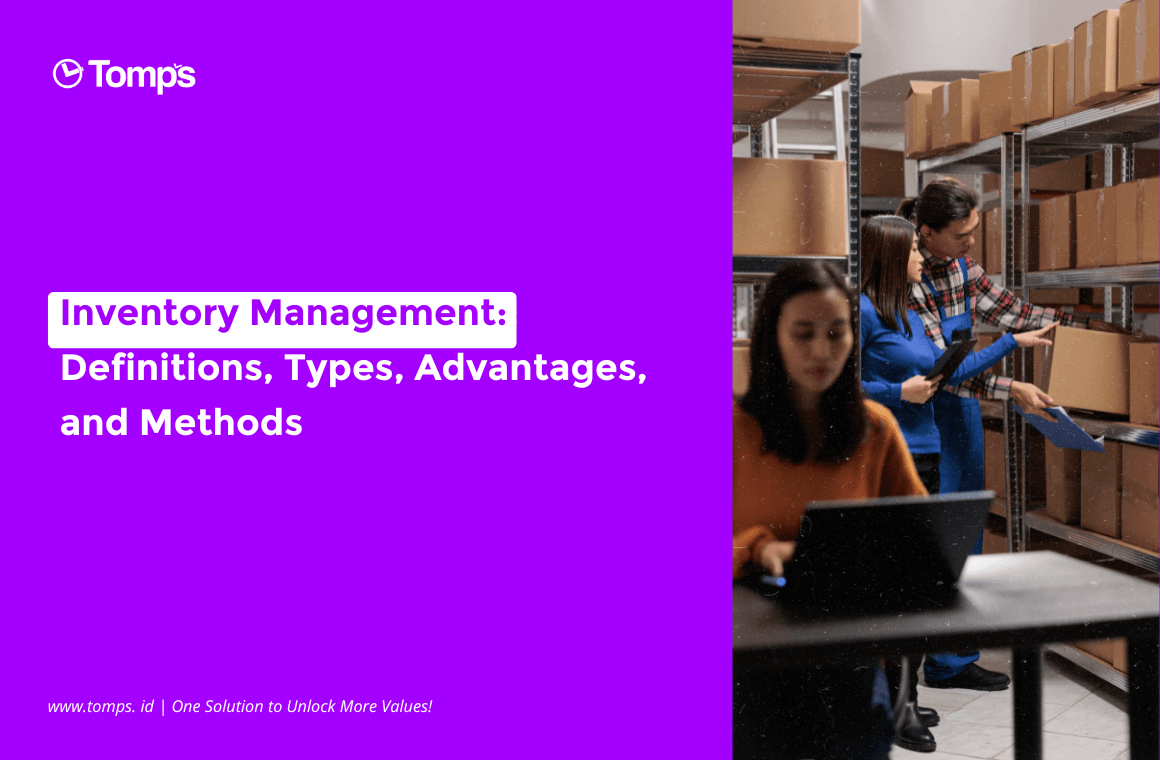10 Steps Project Charter Creation According to PMBOK

Find it difficult in making a good and correct Project Charter? Follow the 10 steps below!
Are you still confused about making a strategy for your project? If so, immediately make a Project Charter together with the client and all stakeholders. The Project Charter itself is a short document used in project management. This one document is also often referred to as a Project Definition or Project Statement.
In a way, the Project Charter can determine the success and failure of a project. This is because the Project Charter contains important information that covers the scope to be achieved from an ongoing project. Importantly, this one document is a valid source of information that clearly describes what your client wants in their project. This will certainly make you more confident and focus on forming the right strategy for your project.
Whether the project is running or not will depend on the readiness of Project Charter. For this reason, this document was created before the project officially entered the execution stage. Project Charter will be a parameter for decision making whether the project will be started by explaining the description of the process and the objectives to be achieved. This initial part of your project will build the foundation for your future project management results. If you don’t have a Project Charter ready from the start, it means you have planned failure for your project from the start.
Steps to Create a Project Charter
1. Business Document
This document contains information about the project objectives and how the project can contribute to achieving its business objectives. This business document consists of various information such as:
- Business Case. Example: Project Charter on previous projects that are similar to the current project.
- Market Demand. Example: the need for a project management system in the midst of opening a mega subsidized housing project.
- Organizational Need. Example: the company wants to do human resource efficiency.
- Customer Request. Example: a company wants to have a fully integrated project management system.
- Technological Advance. Example: the existence of GIS (Geographic Information System) technology to help map the progress of project completion.
- Legal Requirement. Example: support from the legal side or the law regarding the proposed project idea.
- Ecological Impacts. Example: reduction of operational waste such as the paper on the administrative and operational sides.
- Social Need. Example: the need to be able to monitor project progress from anywhere and anytime in real-time amidst social restrictions during a pandemic.
2. Agreement
To certify the opening of a project, a formal agreement is required by the parties concerned. Generally, formal agreements are made when the project involves an external client. Forms of formal agreement itself can be varied. Starting from a contract, Memorandum of Understanding (MOU), Service Level Agreement (SLA), Letter of Intent (LOI), oral agreement, e-mail, or other written agreements.
3. Enterprise Environmental Factors
The company’s environmental factors that can affect the process of making a Project Charter could be include but not limited to:
- Government or industry standards
- Legal and regulatory requirements or constraints
- Marketplace condition
- Organizational culture and political climate
- Organizational governance framework
- Stakeholders expectations and risk thresholds
4. Organizational Process Assets
Organizational process assets that can affect the process of creating Project Charter including but not limited to:
- Organizational standard policies, processes, and procedures
- Portfolio, program, and project governance framework
- Monitoring and reporting methods
- Templates
- Historical information and lessons learned repository
Project Charter Tools and Techniques
1. Experts Judgment
Expert judgment is used as a reference for you to find the right pattern or strategy for your project from the data that has been collected in the previous process. Expert judgment can be used as a reference in compiling:
- Organizational strategy
- Benefits management
- Technical knowledge of the industry and focus area of the project
- Duration and budget estimation
- Risk identification
2. Data Gathering
Data collection techniques that can be used in compiling Project Charter can include but not limited to:
- Brainstorming
- Focus group discussion
- Interviews
3. Interpersonal and Team Skills
The interpersonal and team skills needed in putting together Project Charter can include:
- Conflict management
- Facilitation
- Meeting Management
4. Meetings
In this process, the meeting was held by inviting the main stakeholders. The goal is to identify goals, success criteria, requirements, milestones, and other important information. This can eliminate ambiguity or confusion for the project manager and the entire team when starting to execute the project in the future.
Project Charter Outputs
1. Project Charter
After the entire process above passed, then the resulting output is none other than the project charter itself. In this important document, listed various basic and important information to start a project, such as:
- Project purpose
- Measurable project objectives and related success criteria
- High-level requirements
- High-level project description, boundaries, and key deliverables
- Overall project risk
- Summary milestone schedule
- Preapproved financial resources
- Key stakeholder list
- Project approval requirements
- Project exit criteria
- Assigned project manager, responsibility, and authority level
- Name and authority of the sponsor or other person authorizing the Project Charter.
2. Assumption Log
The process of making the Project Charter does not stop when the Project Charter itself is completed, but there are other stages, namely the making of an assumption log. Assumption log is an updated project document that is part of the output of the Qualitative Risk Analysis. According to Professional Project Management Speaker, Mike Clayton, assumptions can come as a fact, or a lesson.
According to him, the assumption itself is something that we ourselves do not know the truth of, but still, write it down in calculations so that progress or changes can be seen. Assumption log is used to record all assumptions and constraints throughout the project life cycle and becomes part of project risk management which is certainly useful for you.
Comments (0)
Explore more
Manage Projects, Properties, and Assets Efficiently
Boost company productivity and efficiency with Tomps products, trusted by businesses across various industries in Indonesia.
Get StartedGet Our Newsletter






